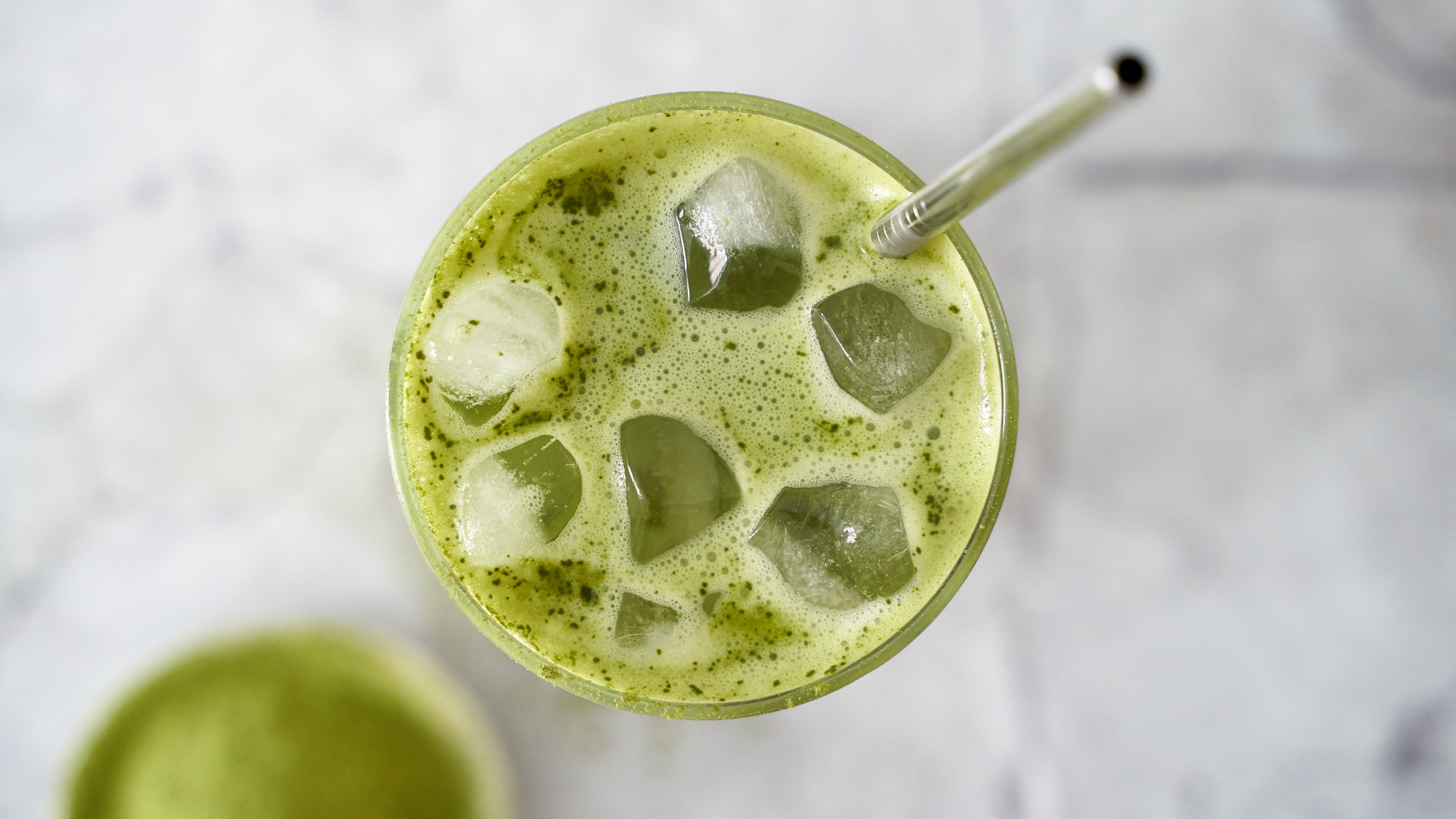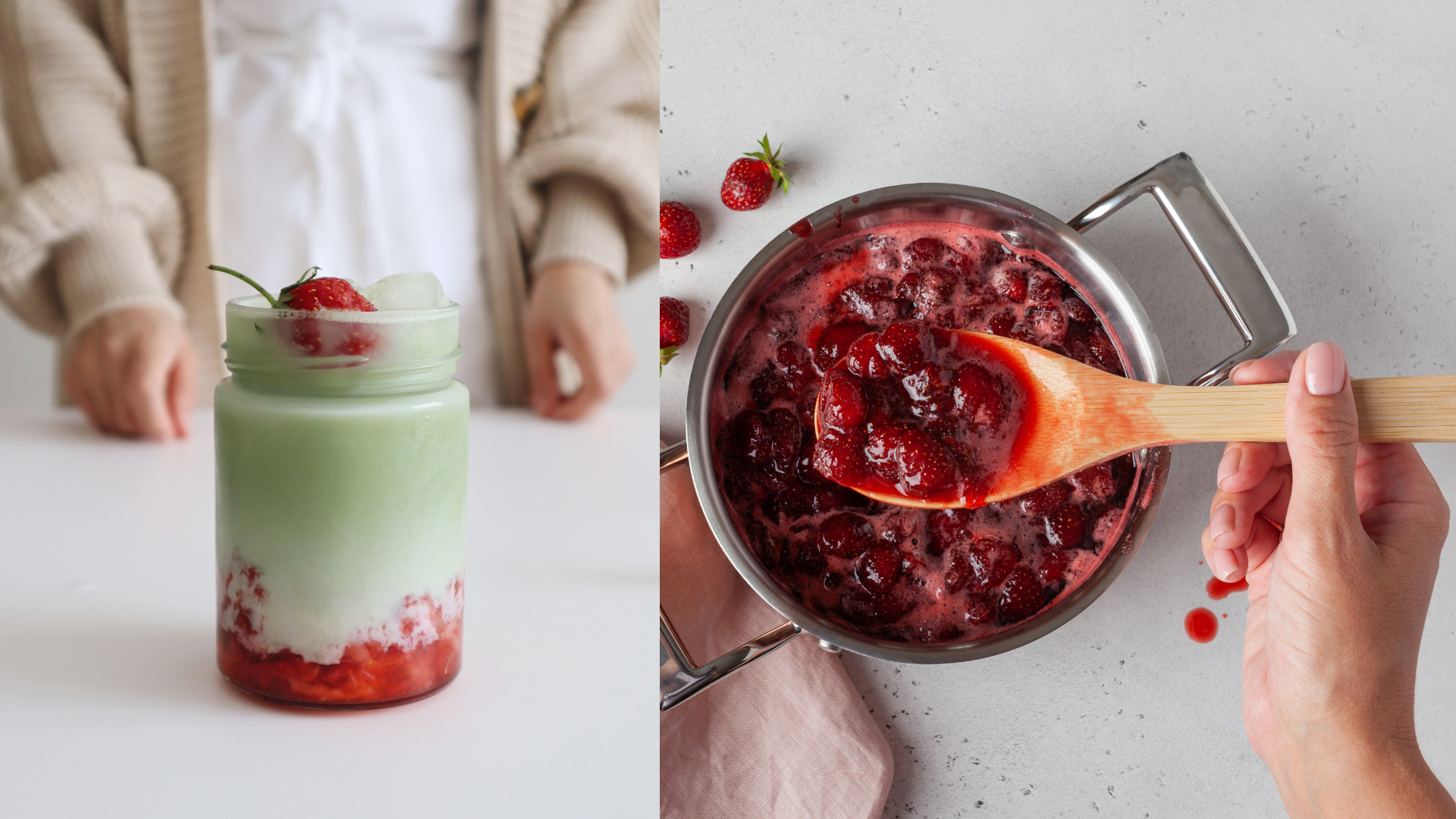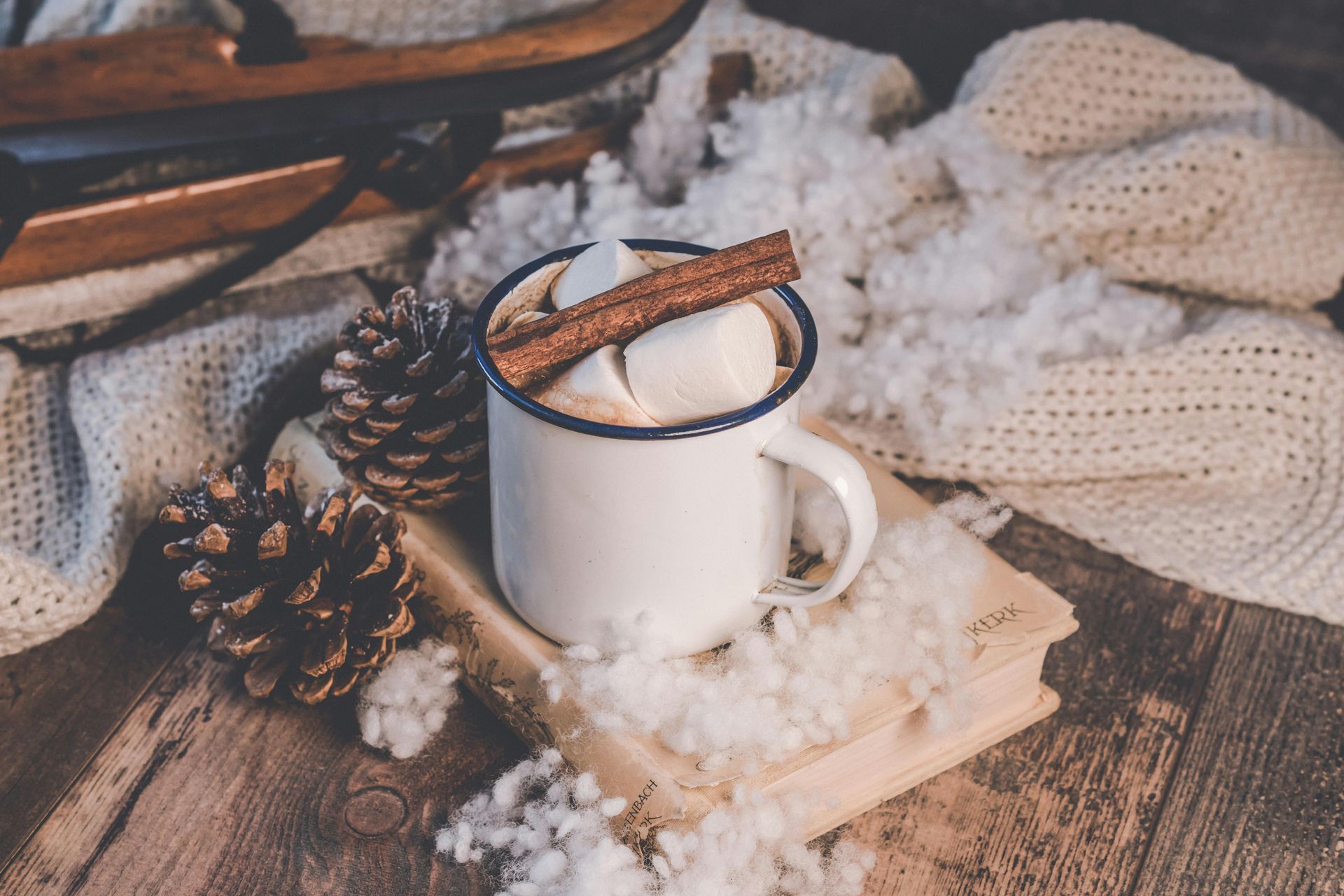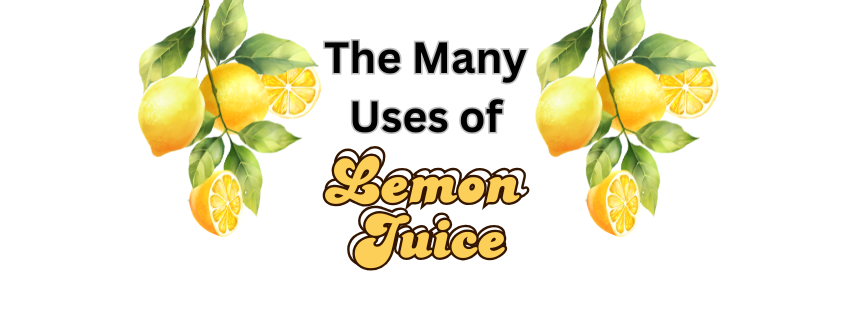Iced Matcha Latte 3 Ways: Traditional, Whipped, & Strawberry
Whether you're a die-hard matcha lover, enjoy the occasional matcha, or are trying it for the first time - an iced matcha latte is a great place to start. Especially in the summer heat, an iced matcha latte is a great way to get a caffeine boost while staying cool - and avoiding that post-coffee crash.
Did you know? Matcha doesn't give you the caffeine jitters or crash because it contains L-theanine, an amino acid that promotes relaxation and counters the stimulating effects of caffeine!
Here are 3 ways to enjoy an iced matcha latte this summer: Traditional, Whipped, & Strawberry!

Traditional Iced Matcha Latte
INGREDIENTS
Pre-made:
- We have lots of great ready-to-make matcha latte mixes in store from brand like Organic Traditions (they also have a Coconut Matcha Latte Mix) and Blume
OR From Scratch:
- 1 teaspoon matcha powder (or more or less depending on how strong you like it)
- 1/4 cup cold water
- Ice
- 3/4 cup of milk of choice (ex. oat, coconut, or almond)
- Honey, maple syrup, monk fruit, or sweetener of choice to taste
DIRECTIONS
Pre-made:
- Follow the directions on the bag to make your iced latte
From Scratch:
- Add matcha powder to a small bowl and add water. You may want to sift your matcha first to avoid clumps. Whisk vigorously using a matcha whisk, fork, or electric frother
- Fill a glass or mason jar with ice and add your 3/4 cup of milk
- Top with matcha mixture and add desired sweetener. Stir to combine, and enjoy!

Whipped Iced Matcha Latte (Dalgona Matcha)
INGREDIENTS
- 1 teaspoon egg white or 2tbsp of aquafaba (chickpea liquid)
- Or try 4EverFit Egg White Protein Powder!
- 1 tbsp of sugar (white, turbinado, coconut, etc.)
- 1 tsp of matcha powder
- 1 cup of preferred milk
- Ice
DIRECTIONS
- Whip the egg white or aquafaba using a whisk, mixer, or electric frother until mostly stiff. Add the sugar and whip again until stiff peaks are formed and it sticks to your whisk.
- Sift in your matcha powder - again, this helps reduce clumps - and whisk just until incorporated.
- Fill a cup with ice and add your milk. Top with the whipped matcha, and enjoy!

Iced Strawberry Matcha Latte (Starbucks Dupe!)
INGREDIENTS
- 5 strawberries, fresh or frozen (thawed) - hulled and finely chopped, should equal about 1/3 cup
- OR - 1/3 cup of Strawberry Jam - homemade or bought, like Crofter's Organic
- 1 tsp sugar (cane, white, coconut, etc.)
- 1 tsp matcha powder (1/2 if you don't want it as strong)
- 1/4 cup cold water
- 1/2 to 1 cup of milk of choice
- Maple syrup, honey, or monk fruit to taste
- Ice
DIRECTIONS
- Use a fork to mash your chopped strawberries and sugar together in a small bowl. Set aside.
- Sift the matcha to remove any clumps. Add the cold water and use a matcha whisk, fork, or electric frother to whisk together until fully mixed and a foamy layer forms on top.
- Add your strawberries (or strawberry jam) to the bottom of a large glass. Fill about halfway with ice and add your preferred milk, leaving enough room for your matcha mixture.
- Add matcha and stir to combine, adding sweetener of choice to taste!










